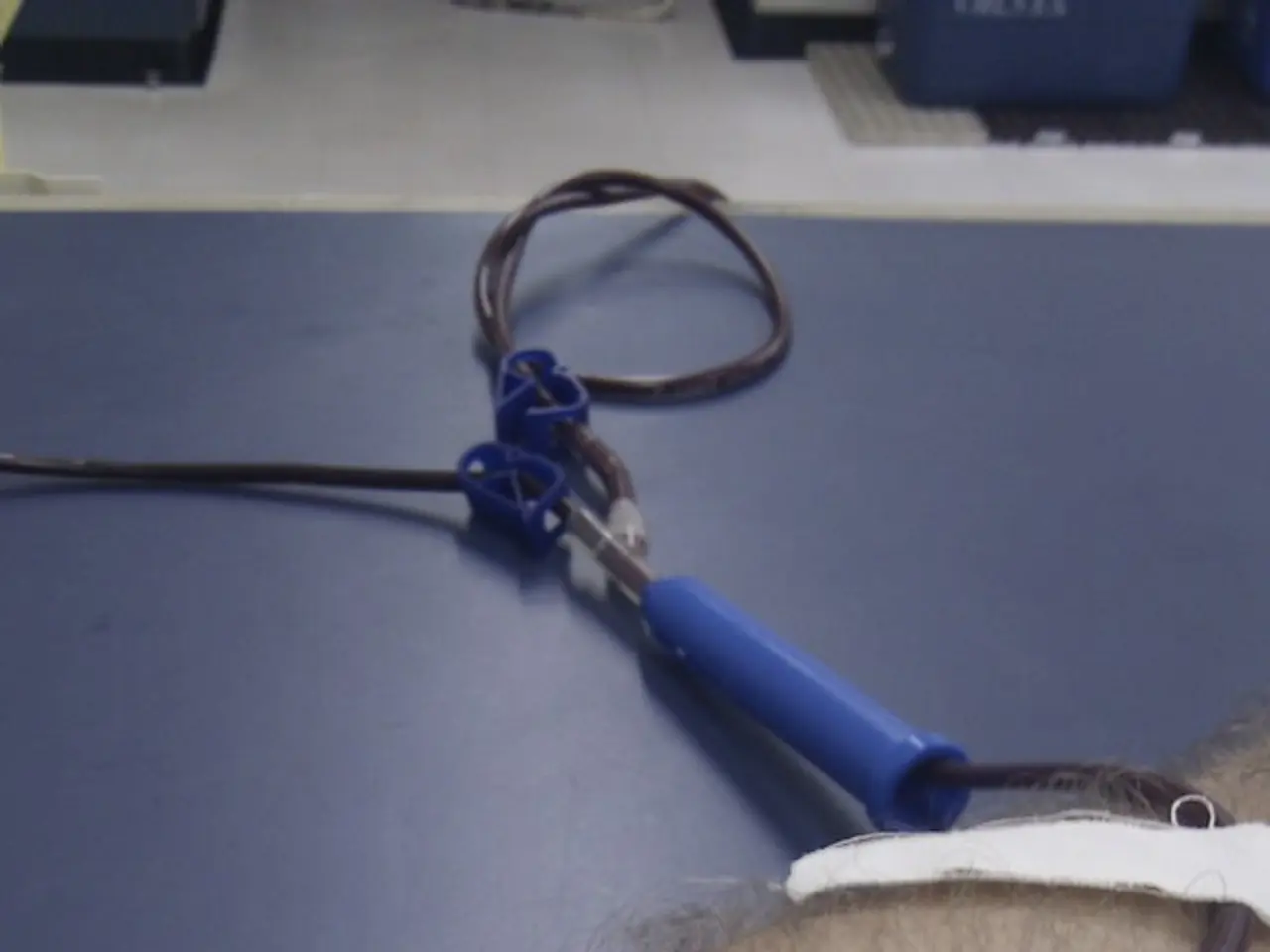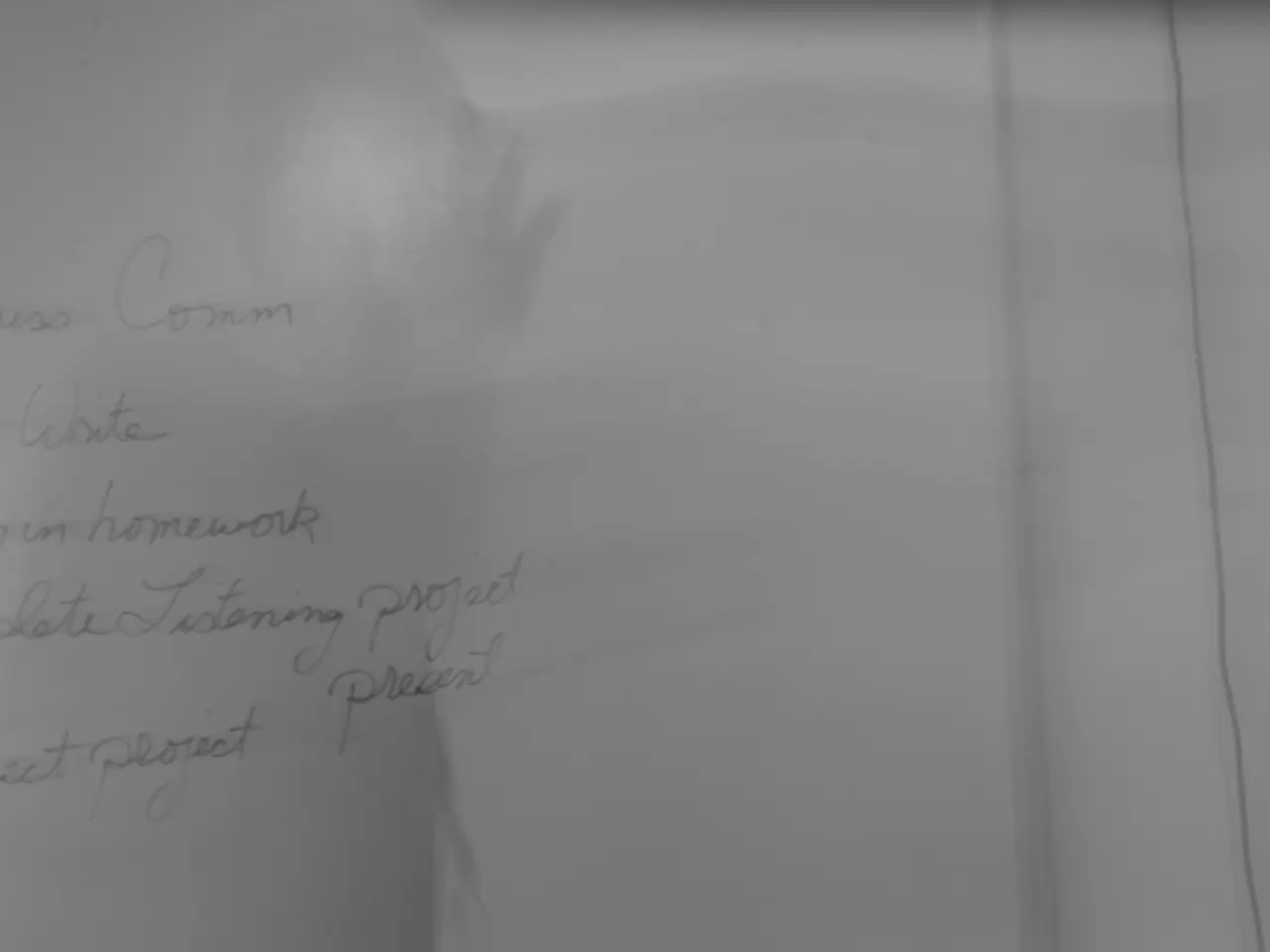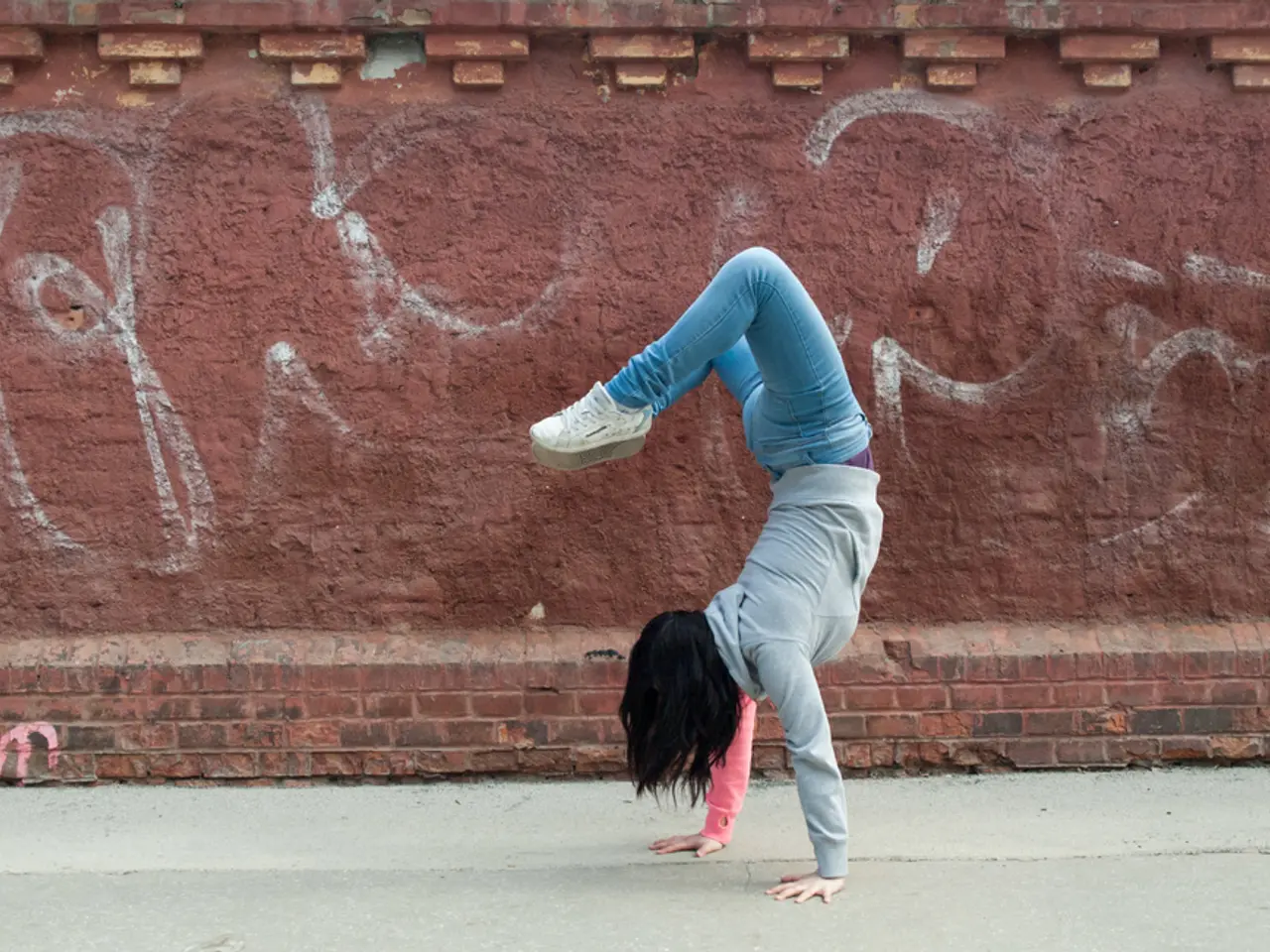Treatment Methods for Persistent Post-Vasectomy Discomfort: When Is Surgery Required?
In cases where non-surgical treatments have proven unsuccessful in alleviating symptoms after a few months, men suffering from post-vasectomy pain syndrome (PVPS) may find relief through microsurgical interventions.
PVPS, a chronic pain in a man's scrotum that can develop after a vasectomy, can present as a sharp pain that may fluctuate in severity or remain constant. Key surgical treatments for PVPS primarily involve microsurgical procedures, especially in cases where conservative treatments have failed or symptoms are severe and chronic.
Two leading surgical options for PVPS treatment are the microsurgical vasectomy reversal and the microsurgical denervation of the spermatic cord. The former involves reconnecting the vas deferens to restore sperm flow, relieving pressure and pain caused by sperm buildup or blockage. This is generally considered for patients with identifiable obstruction and significant pain after vasectomy.
The microsurgical denervation of the spermatic cord, on the other hand, targets the nerves responsible for transmitting chronic pain. It is beneficial for men with neuropathic pain not resolved by reversal or medications.
In rare and severe cases, removal of the epididymis or testicle might be considered if pain is persistent, localized, and refractory to other treatments. However, this is a last resort due to its permanency and potential for phantom limb pain.
Before considering surgery, non-surgical treatments such as waiting, pain medications, physical therapy, antidepressants, nerve blocks, supportive underwear, and heat or ice packs are usually administered first. Factors considered before deciding on surgery include the severity of the pain, its duration, impact on daily life, and previous treatment attempts.
Thorough testing is conducted before surgery to identify the cause of the pain and determine if surgery would be the best treatment. It's important to note that vasectomies can be reversed, but the success rate for pain relief is not guaranteed. Personal considerations such as preference and location of pain are crucial in deciding the treatment option.
Surgical treatment is generally reserved for cases where medications and physical therapies fail to alleviate pain, as initial management is typically non-invasive. Important factors for surgical success include precise diagnosis, microsurgical skill, and thorough patient counseling about risks and expectations.
In summary, microsurgical vasectomy reversal and microsurgical spermatic cord denervation are the leading surgical options for PVPS treatment, with other surgeries less commonly performed depending on the patient's specific condition and pain source. For those battling with PVPS, hope lies in the form of these microsurgical interventions.
References: 1. Post-vasectomy pain syndrome: a systematic review 2. Microsurgical Treatment of Post-Vasectomy Pain Syndrome 3. Microsurgical Vasectomy Reversal for Post-Vasectomy Pain Syndrome: A Systematic Review 4. Microsurgical Denervation of the Spermatic Cord for Post-Vasectomy Pain Syndrome 5. Surgical Management of Post-Vasectomy Pain Syndrome
- Men with chronic post-vasectomy pain syndrome (PVPS) may seek relief from various therapies and treatments, such as microsurgical interventions that alleviate pain caused by non-surgical treatments.
- Surgical options like the microsurgical vasectomy reversal are considered for patients with significant pain after vasectomy and identifiable obstruction, providing relief through reconnecting the vas deferens to restore sperm flow.
- In cases of neuropathic pain in men that's not resolved by reversal or medications, the microsurgical denervation of the spermatic cord can target the nerves responsible for transmitting chronic pain.
- Rare and severe cases may require removal of the epididymis or testicle if pain persists, refractory to other treatments, but this intervention is considered a last resort due to potential complications.
- Prior to pursuing surgery, patients with PVPS are usually administered various conservative treatments, such as medications, physical therapy, nerve blocks, supportive underwear, and heat or ice packs, depending on individual symptoms and preferences.




